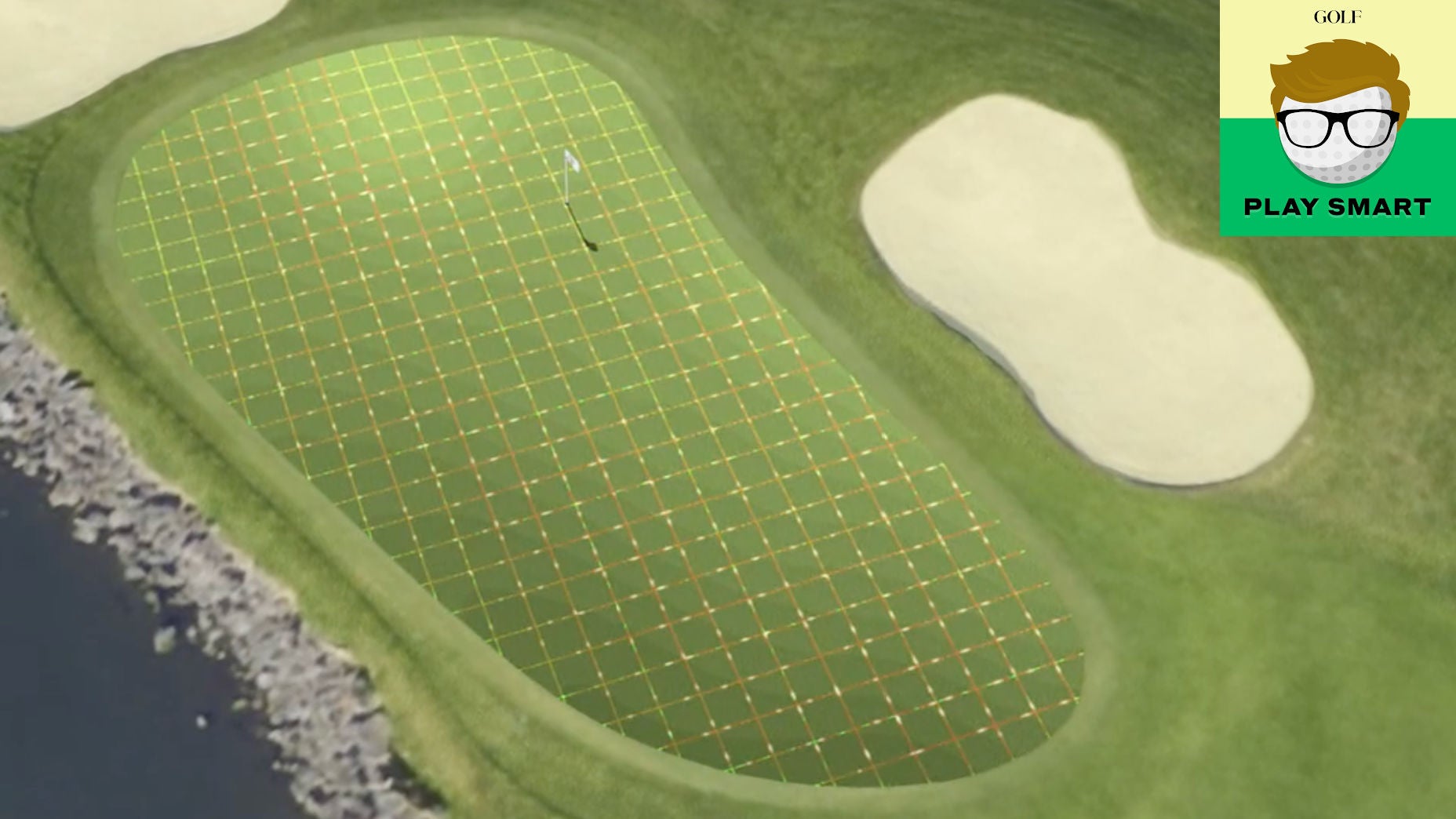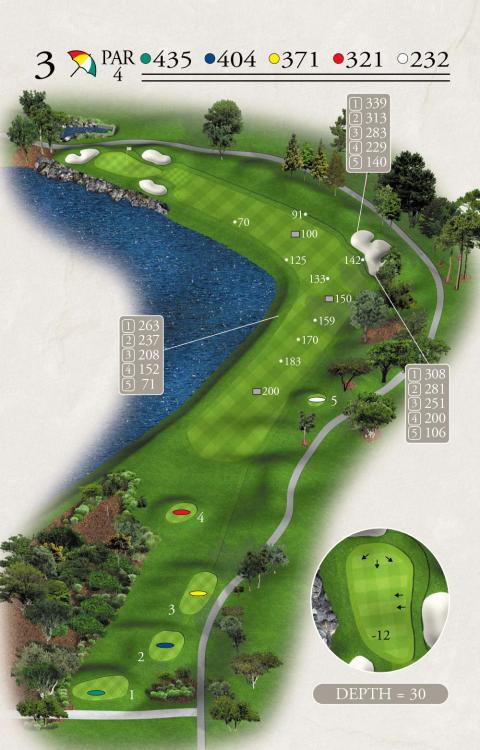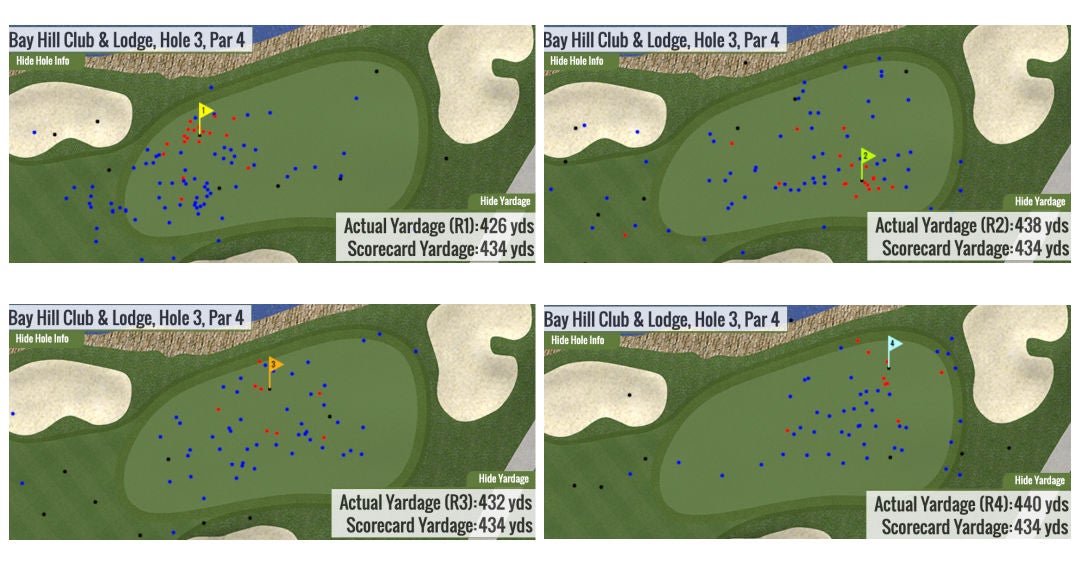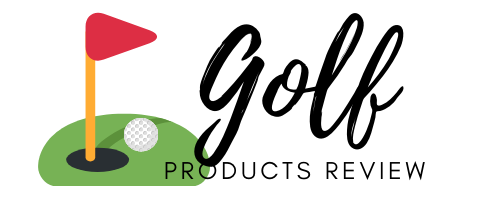
We’re looking at a hole from the Arnold Palmer Invitational and diving into the Shotlink data to see how pros play it.
Bay Hill
Welcome to Play Smart, a game-improvement column that drops every Monday, Wednesday and Friday from Game Improvement Editor Luke Kerr-Dineen (who you can follow on Twitter right here).
I thought I’d be interesting to make my Monday Play Smart columns about golf holes. Specifically, about how tour players play those golf holes, and what the rest of us can learn from it. And as a longtime member of the target golf fan club, what better time to start than Players Championship week?
There’s no denying that target golf tilts toward the more structured, less-improvised end of the spectrum, which stands in contrast to the ultra fluid width-and-angles preferences of today. But it’s important to remember that target golf is largely a product of its environment. These courses don’t blossom on fast-draining soil in wide open spaces, with rolling fairways crafted by constant exposure to the elements. When the fairways are soft, and the land weaves around trees and water, it lends itself to a different layout.
And at its best, target golf doesn’t just test your ability to execute at a target. It tests your ability to choose a good target to begin with. And the smarter you are before you hit your shot, the more wiggle room you’ll have when you actually do.
We see lots of good target golf during the Florida Swing, and it can teach us a lot about the power of picking a good target.
Let’s start with the 3rd hole at Bay Hill, a dogleg left around water. It’s similar to the 18th hole at TPC Sawgrass, albeit smaller and less scary. But with The Players this week, I figured it’d be a good hole to dive a little deeper into.

The approach into the green is fraught with trouble.
Bay Hill
The mandate on this hole is relatively clear: A drive into the corner of the dogleg short of the bunker, something in the 300-yard range, will leave you about 130 yards to the pin — a comfortable distance most players will feel is scoreable.
But that’s not what we saw.
All four days, the majority of players’ shots ended in a column along the right side of the green. They were playing away from the water, which makes sense. Yet even though they were aiming away from the pin, this didn’t rank as a particularly difficult hole — it ranked as the 8th easiest, according to Shotlink.
All four days players aimed at the same target: along the right side of the green. That never changed. But what did change was the club players hit into it. If the pin was front left, as it was on Thursday, players would aim right of it and club down. Maybe do that and hit a draw, if they fancied it.
If the pin was back left, like it was Friday, they’d aim at the same spot from the day before but club up instead. The pin, wherever it happened to be, was incidental. Their target was already set: they wanted to be along the right side.
I like this example because it showcases the importance of being pin high when you’re chasing pins. If you have the ability to control your distances, you can enjoy the luxury of giving yourself a makable birdie putt while aiming away from trouble. It’s something the rest of us should remember, and to keep in mind when players do the same thing on the 18th at TPC Sawgrass this week.

The majority of shots throughout the tournament ended along the right side of the green, even though the pin was up front.
PGA Tour
It’s also why I think target-golf haters tend to get it wrong with holes like this. In one hole you’re testing a player’s ability to pick a smart target, stay disciplined enough to stick to that decision, to judge their distances correctly, and unless they pull one unexpectedly tight to the pin, you’re testing their putting ability, too.
The ball may not be rolling across the ground, but it’s a pretty nuanced shot. And one that pros, through a combination of good decision making and good execution, make look easier than it is.









